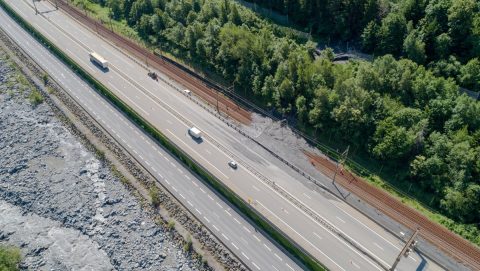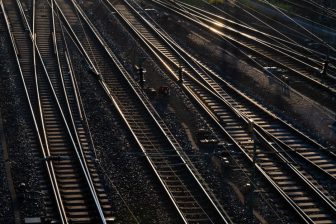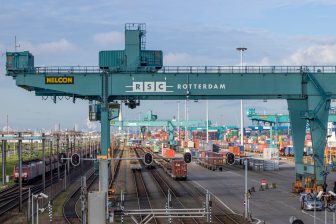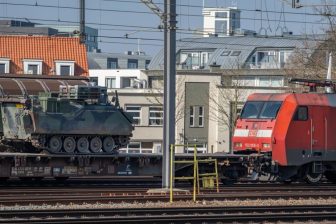
Leaked EU Green Deal could suit the rail freight sector
Brussel’s draft plan for the European Green Deal was leaked last week. If all what is ambitioned will actually go through, the future for rail freight looks bright. The plan responds to many of the demands that have been made by the rai freight industry.
Most notably, the Green Deal is to support the shift from road to rail and inland waterways, as these are the most environment-friendly modes of transportation. There should be a shift of 75 per cent of all traffic that is currently moved by road, the plan reads.
The rail freight sector has set the goal to increase railways’ current share in freight transport from 18 per cent to at least 30 per cent by 2030. “A shift to rail should be supported, for rail freight with an action plan of EU and national measures”, the Community of European Railway and Infrastructure Companies (CER) uttered a few weeks back, anticipating the European Green Deal proposal.
Action plans
These action plans seems to have been formed. “The Commission will adopt a comprehensive strategy for sustainable and smart mobility by 2020 addressing all sources of emissions from the transport sector”, the draft reads. In doing so, it wants to ensure that prices reflect the true impact on environment and health of the different transport services.
Pricing is indeed one of the main topics the rail freight sector has highlighted. “The European Green Deal should help implement robust carbon pricing for transport across the EU. Specifically, it should allow taxing energy used in international aviation or maritime shipping and end subsidies for flying. Moreover, it should make road charging more comprehensive”, the CER has said.
Road pricing
The leaked document seems to resonate these ideas. “The Commission will withdraw and resubmit ambitious proposals on the Eurovignette and Combined Mobility Directives to give fresh impetus to effective road pricing in the EU”, it says. This proposal was made earlier but is currently stuck with EU member states in the Council of Ministers. It is believed that through stricter road pricing, the shift to rail freight will be more likely and easily made.
It also wants to reduce the amount of free pollution credits allocated to airlines and propose a new set of air pollutant emissions standards for combustion engines. Moreover, it wants to assess the possibility of including road transport emissions in the Emission Trading System to complement existing and future strengthened CO2 emission performance standards for vehicles.
Further impetus
The CER has however suggested more far-reaching measures that are not yet clearly embraced. Among others, it has suggested to significantly increase the Connecting Europe Facility (CEF) budget for transport. “Besides developing rail infrastructure, investment is specifically required for electrifying further rail tracks, further digitalising railways and further reducing rail freight noise. Robust funding should be provided for railway research and innovation. A scale-up of private investment in rail projects should be facilitated.”
Moreover, the CER and other interest groups have repeatedly urged for incentives in the form of reduced track access charges, the CER even going as far as proposing a temporary waiver of part of rail track access charges, in order to achieve the objected 30 per cent modal split by 2030.
The European Green Deal is due to be unveiled on 11 December and is the work of the recently installed European Commission of Ursula von der Leyen. The draft of the document was obtained by Euractiv last Friday.
Also read:





